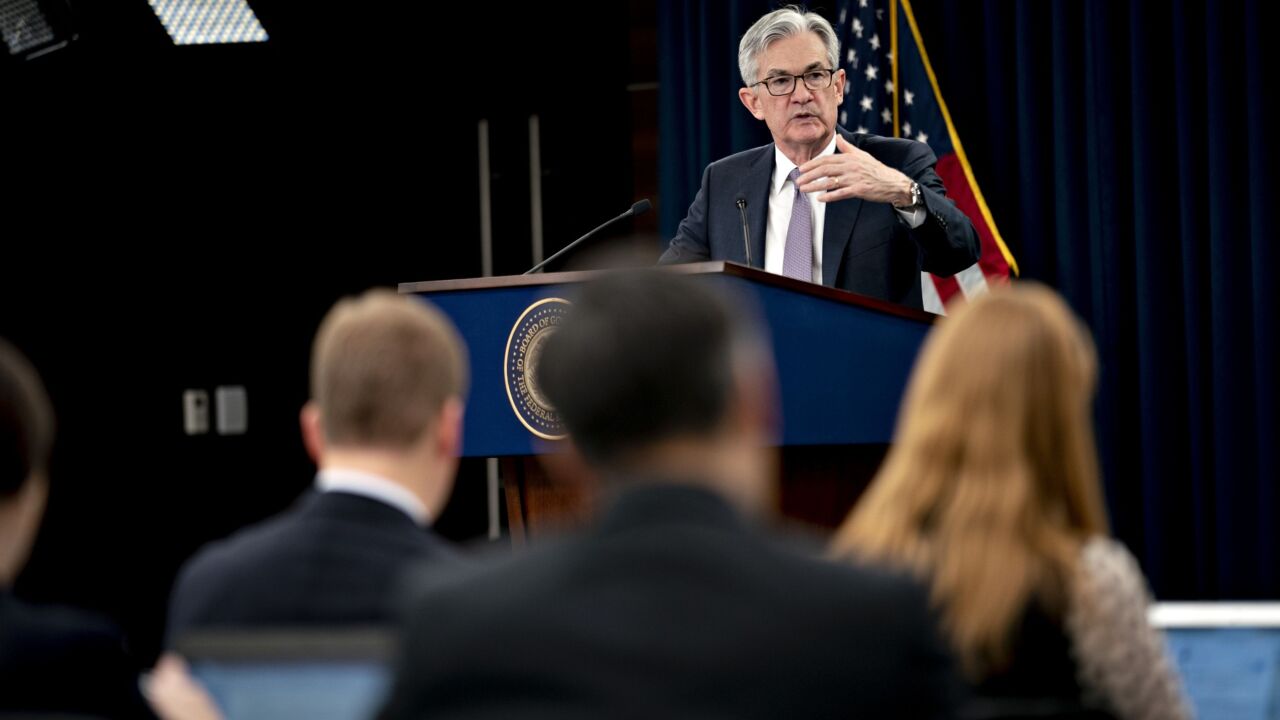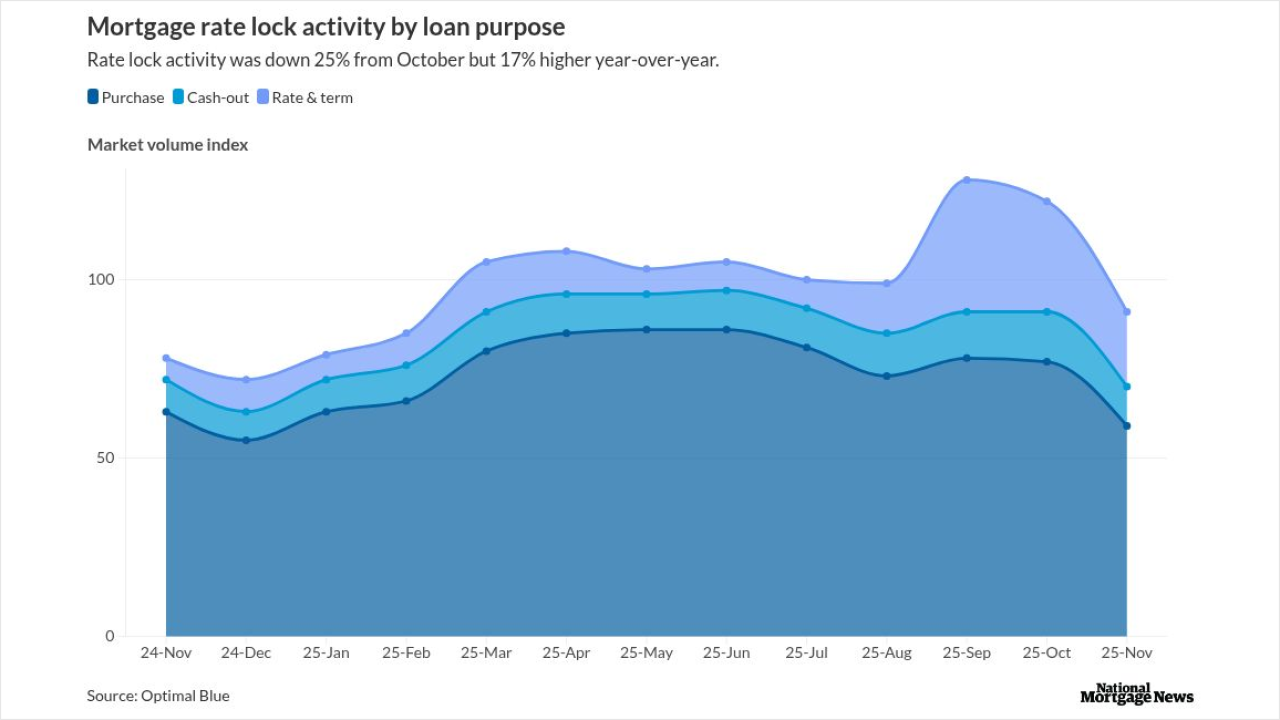Kobalt Music Services America II is preparing to sponsor its first asset-backed securities (ABS) deal, preparing to sell $266.5 million to investors, secured by royalties from the work of more than 5,000 musical artists, including Busta Rhymes and Jessie J.
Named Kobalt Music Group, the transaction will issue one class A tranche, an A-2 piece rated A- from Kroll Bond Rating Agency, with an expected final maturity April 2064.
Musical publishing rights support all of the royalties, according to analysts at Kroll Bond Rating Agency, who add that an independent, third-party valuation firm determined that the catalog is valued at $410 million as of Sept. 30, 2023. This valuation included an assumption of an 8.25% discount rate for songs at least 18 months old as of the valuation date and 11.75% for songs between three and 18 months during the same time frame.
Kobalt Music Services America is the largest independent global administrator, KBRA said, and is offering securities backed by a large pool of royalties, which is also diverse by genre and artist. Pop, hip-hop and rock represent 52%, 28% and 9% of the genres, respectively, while the top three catalogs compose 33.3%. The largest artist represents 16.6% of the pool. The collateral pool's underlying revenues are more heavily weighted toward the United States, which accounts for 63% of gross collections. The European Union and the United Kingdom follow, with 12% and 10%, respectively.
The Bank of New York Mellon is on the transaction as trustee and calculation agent, according to KBRA analysts. Meanwhile, FTI Consulting is on the transaction as back-up manager.
Kobalt's notes benefit from an overcollateralization level of 35%, and a debt service reserve account initially sized to cover six months of fees and interest on the notes. Third-party payments or a deferred purchase price reserve account funded with $3 million at closing, also provide credit enhancement.
KBRA also noted that streaming represents the majority of royalty cashflows from the catalogs, and this is a potential credit positive because it follows the positive tailwind to industry growth.




